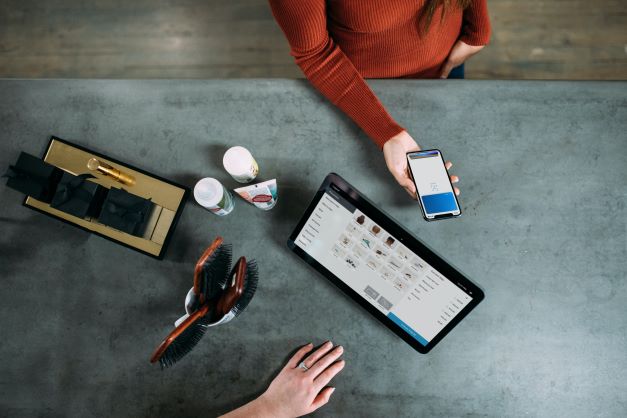Some of the industry’s top talents met to discuss the advancements in promotional marketing technologies, tools and tactics.
The massive disruption in 2020 made marketers view promotions in a different light. With so much uncertainty heading into the new year, we connected with some of the top minds in the industry to discuss what the future of promotional marketing may look like and what brands need to do in order to position themselves for success in the future.

We’ll highlight some of the bigger discussion points below. You can watch the event in its entirety here.
Consumer Intelligence and data privacy will have a greater impact on brands than ever before

With an increasing focus on data privacy and inevitable demise of third-party cookies, first party data collection is paramount but how brands use consumer data will be a lot more challenging. Dr. Alvin Glay of Response Media said, “It is sort of a seesaw. We want personalized experiences to use all the data you know about me to give me what I need when I need it…but I need to give you permission to use every single item.”
Data-driven marketing (DDM) is an all-encompassing strategy that can propel a brand to the next level. “As we think of personalization and understanding the consumer and the experience it goes back to AI,” Casey Sullivan of The Clorox Company affirmed. David Rasho, Principal/Co-founder of access 2 insight added that anything that can deliver first-party data or data as close to a transaction as possible should be where brands are focusing. This level of data provides invaluable information and plug-ins for AI algorithms or other marketing technologies.
Personalization is the key to the consumer experience

With consumers’ time more valuable than ever, how do brands stand out and show consumers they have the products or services that can satisfy those needs? The way to emerge from the pack is through personalization. “Trust and authenticity; consumers are truly craving that, and we have a purpose in all that we do and that we’re there and meeting their needs and providing trust in really a personalized way. Which is something we are really hyper focused on,” Casey Sullivan, Brand Lead at the Clorox Company affirmed.
But even with all the adjustments to enhancing the consumer experience such as contactless payments, grocery delivery options and loyalty programs such as Walmart+, comes adjustments in consumer expectations. Just ask RevTrax CEO and Co-founder Jonathan Treiber. “If you’re in business, you are now worried about how wide a gap exists and a widening gap that we perceive between consumer expectations and how much they are outpacing the reality for brands and retailers to deliver on those expectations,” Treiber suggested. This idea is what keeps marketers up at night. Without the ability to meet consumer expectations, brands begin to lose the consumers they’ve worked so hard to gain.
The Rise of eCommerce and D2C may save struggling brands

What better way to avoid losing consumers than making your products available directly to them? As lockdowns have strained the brick-and-mortar retailer, it has blown open the doors for eCommerce retailers and brands who can sell direct to consumer. One industry where this shift is occurring is within CPG.
As retailers were so heavily relied upon to deliver products, several CPG brands are honing in on mobile, eCommerce and D2C as solutions to combat closed stores and limited product availability. “I think it was remarkable how fast even the largest CPG brands pivoted in terms of marketing and promoting online…and we saw a lot more focus on how to promote eCommerce driven purchases,” stated Treiber. With a trend that has been accelerated by about 5 years due to the current conditions, expansion of eCommerce and D2C are two of the biggest focuses marketers should be planning for in 2021.
There are honestly too many valuable insights to list. You can find the full video by clicking the button below and stay tuned for more events in the future.




